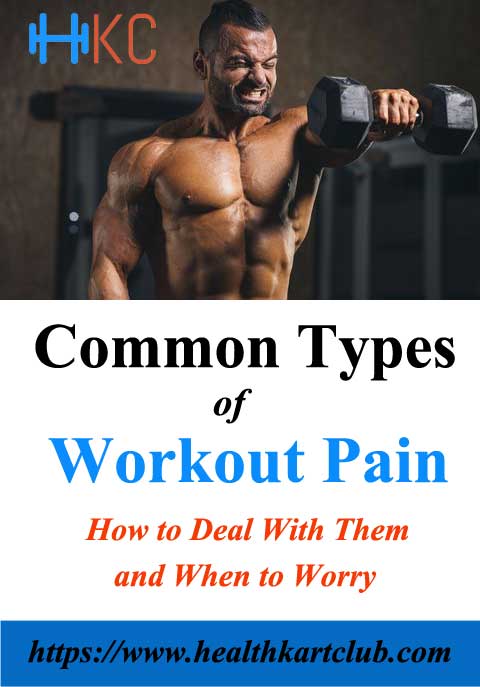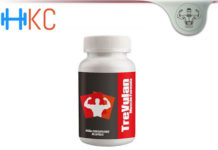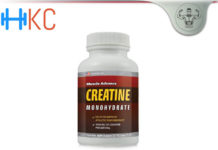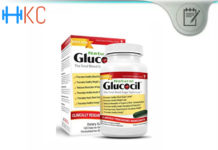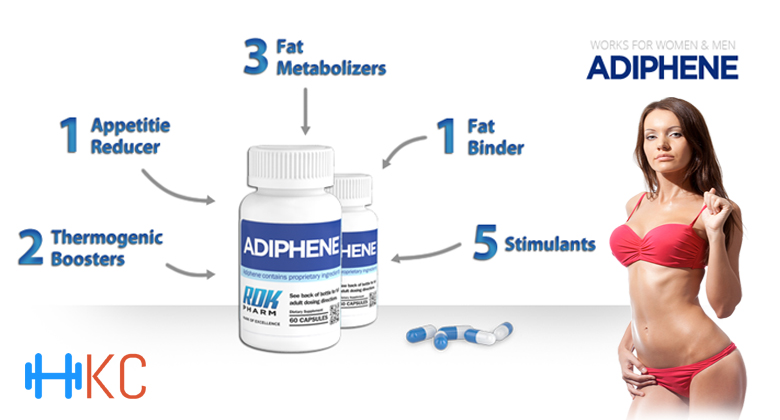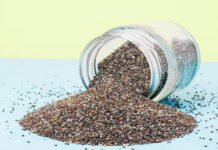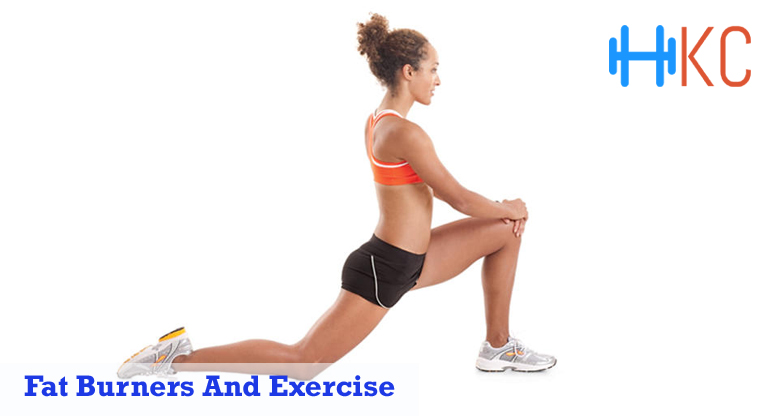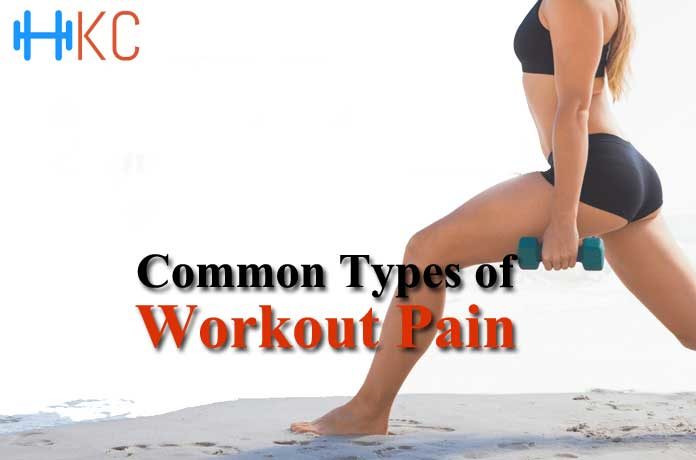
Common Types of Workout Pain
How to Deal With Them and When to Worry
Pain gets glorified in fitness. You must have at least once heard ‘no pain no gain’, or ‘pain is just weakness leaving the body’. However, while some level of discomfort does come with exercise, especially with those excellent workouts, there are pains you must not disregard.
By ignoring pain, especially if it’s not the kind of soreness you’re used to, you’re putting yourself in the risk of injury and more pain to come. Also, if you’re already injured but trying to push through it, you will do more harm.
How to know when pain is a sign of progress and when it’s detrimental? It’s not always easy, but there are some telltale signs.
‘Good’ vs ‘Bad’ Pain
Muscles need stress to become stronger. You will feel this stress as muscle burn when doing physical activity, as well as the delayed onset muscle soreness after your workout is over. If you feel fatigued after your workout, that’s normal.
If it lasts, though, it could be a sign of something more severe happening behind the scenes.
You will feel ‘good’ muscle pain in the form of soreness, which starts a few hours after your workout but peaks at around two days if you exercised the muscles a bit too hard. In that case, give your muscles time to recover, and you will be good to go.
Muscle soreness is dull, and you feel it all over the muscle. Besides, you will feel a release with stretching, and as the days go by. Let it pass and go back to your routine.
Not all pains are of this kind, though. Let’s take a look at some types of pain to be mindful about.
When Not to Ignore
There are particular aches that indicate something is off with your body. Most common include:
SHARP PAIN
If you experience sharp pain during a workout, or afterwards, this is one of the most telling signs that something is off. Sharpness is not natural, and it is the best way to tell regular muscle soreness apart from injury.
Common causes of such pain include tendon impingements, a contact of two bones, or a tear in a muscle – especially in the knee.
If this happens to you only once, watch your body and see if it happens again. If not, it’s an anomaly. If you do notice it happen again, be sure to call your doctor.
SWELLING
Swelling comes with inflammation. It most often takes place in your cartilage and tendons due to excessive stress. The body sends blood and other substances to the injured area in an attempt to heal it. Swelling happens as a consequence.
Inflammation is the way for the body to heal itself. If it reoccurs once you go back to exercising, it’s a sign that there’s an underlying problem in that part of the body.
LOCALIZED PAIN
When you do exercises that target a specific part of your body, it’s natural that you will feel pain in that muscle group afterwards. However, if the pain is sharp and hitting only a part of the muscle, it’s a sign that something may not be right.
Localized pain is a particular concern if it keeps occurring each time you do a specific exercise. When you first notice it, stretch out that part of the body and let the muscle group rest. Try again in a few days to make sure it’s gone.
WORSENING DURING WORKOUT
In general, when you start exercising with sore muscles, they will loosen up as you warm up. You may feel fatigued during your routine, but there shouldn’t be any pain.
If you start with a weak pain, and it keeps increasing in intensity as you exercise, though, you may be causing further damage to the injured part of the body. Don’t try to push through it, as you may create even more of a problem for yourself.
PAINFUL POPPING
When you’re twisting and stretching, you may hear pops of your bones falling back in place.
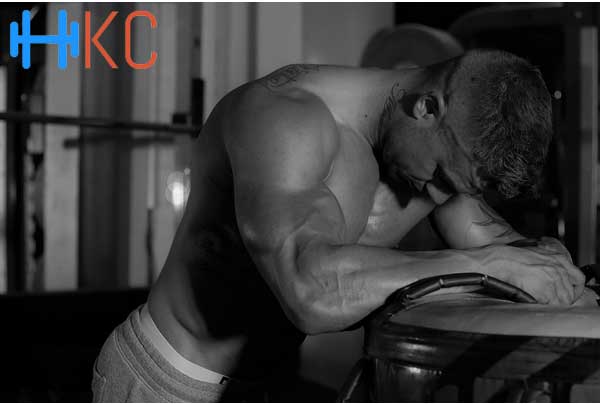
Although the sounds may be unnerving, as long as there’s no pain associated with it, it’s no cause of concern. If it hurts, it may indicate a dislocation or a tear of your ligaments or tendons.
What to Do?
First of all, if you experience any of these pains during your routine, stop what you’re doing. It’s critical that you don’t cause an injury. Instead, there are four types of help you should get.
REST AND STRETCH
If your pain is not too sharp, and you can move the body regularly, you should give yourself some time to rest and stretch your muscles.
One to two weeks is enough to let your muscles relax and see if something more serious is going on. During that time, don’t take part in any strenuous physical activity.
You can do some gentle stretching , but try not to stress the injured area of the body. You could use ice packs to relieve the pain, as well as some home remedies. If it doesn’t subside within two weeks, though, it’s time to visit your doctor.
HOME REMEDIES
During your rest period, you may want to take specific steps to speed up your recovery.
First of all, you shouldn’t take a break from all exercise. However, keep what you’re doing light, and don’t do it on the body part that hurts. For example, if you injured your foot, you could do pilates floor work.
Moreover, anti-inflammatories and over-the-counter medication can be a great relief that doesn’t necessarily ask for a doctor’s appointment. Talk to the pharmacist before starting to use anything, though.
Finally, especially with joint pain, you should work on maintaining mobility . Light, easy stretches are an excellent way to make sure your body part will be ready to go back into your routine once you recover.
NATURAL MEDICATION
If you’re not comfortable with taking medication without a prescription, there are also natural remedies that may ease your pain without chemistry.
For example, turmeric and ginger are excellent for reducing inflammation both on the inside and outside. Epsom salt baths release muscle pain and stiffness. Pineapple is full of antioxidants that facilitate recovery.
Besides, CBD oil is the best friend of soreness and nerve injuries. You can visit the blog of a person whose life improved due to it to read more. Remember that none of these guarantees recovery, but they can be of great assistance, especially with smaller injuries.
PROFESSIONAL HELP
Finally, if two weeks have passed, you’ve been resting, stretching, and cooling your injury, and you still notice no improvement, it’s time to visit a doctor. You will get physical therapy, medication, and doctor’s orders on what to do to heal completely.
Also, it’s important to note that it may happen that you sweat, feel chills, and have trouble sleeping; you must not wait for two weeks before you visit the doctor in this case.
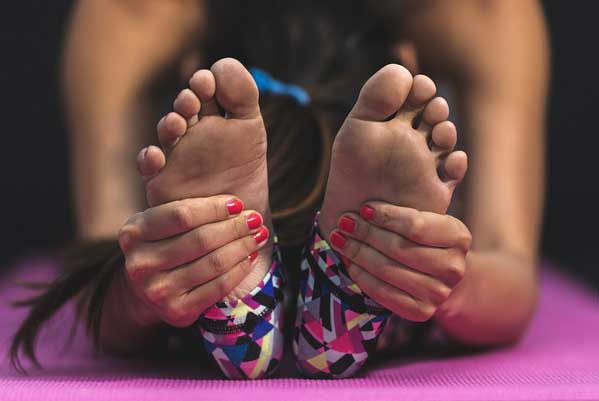
The Bottom Line
In essence, you should remember that discomfort during exercise is normal, and the point – but the pain isn’t. With time, you will learn to tell apart muscle burn from future injury.
Don’t be afraid to give yourself time to recover, as this is the only way to get back to the routine you love.
